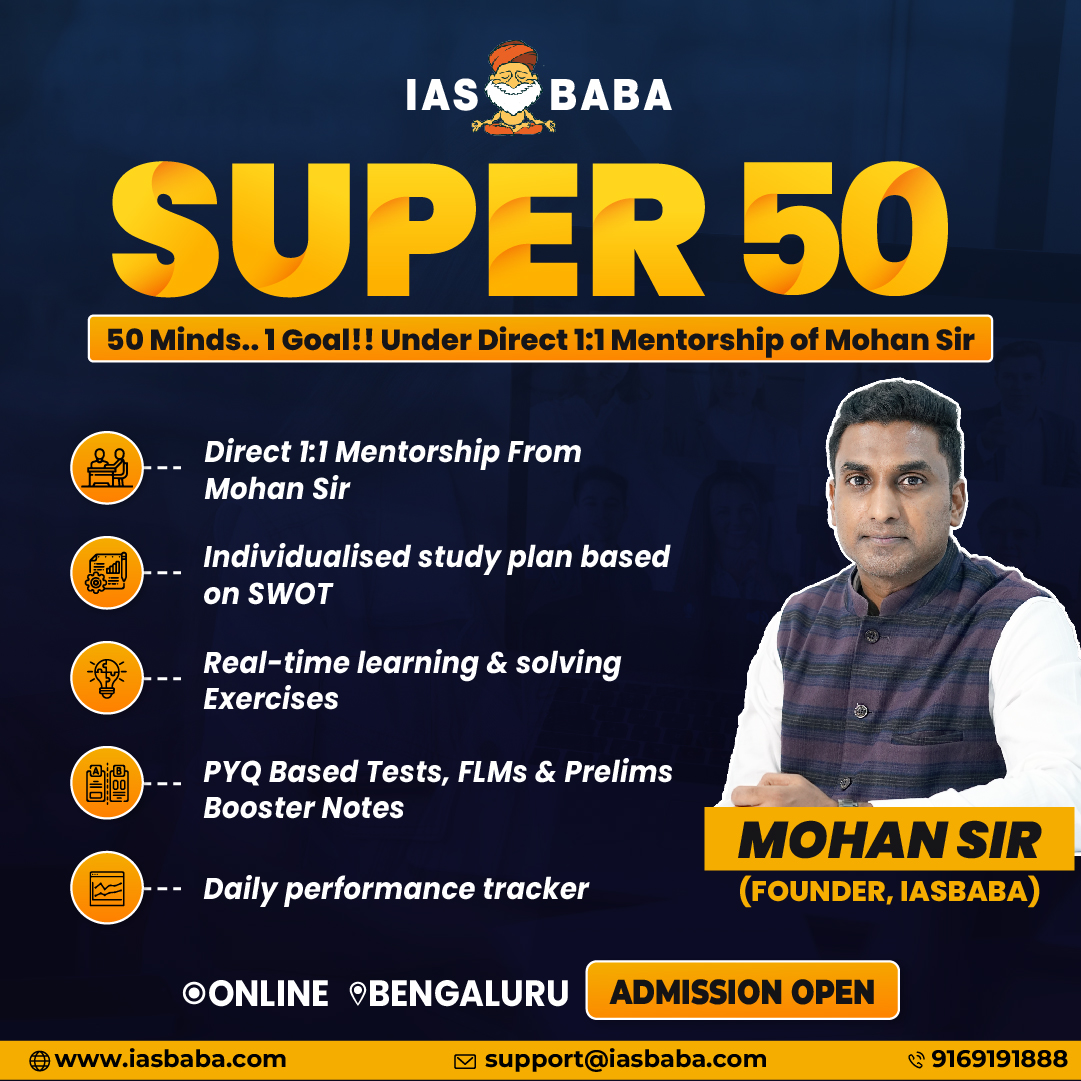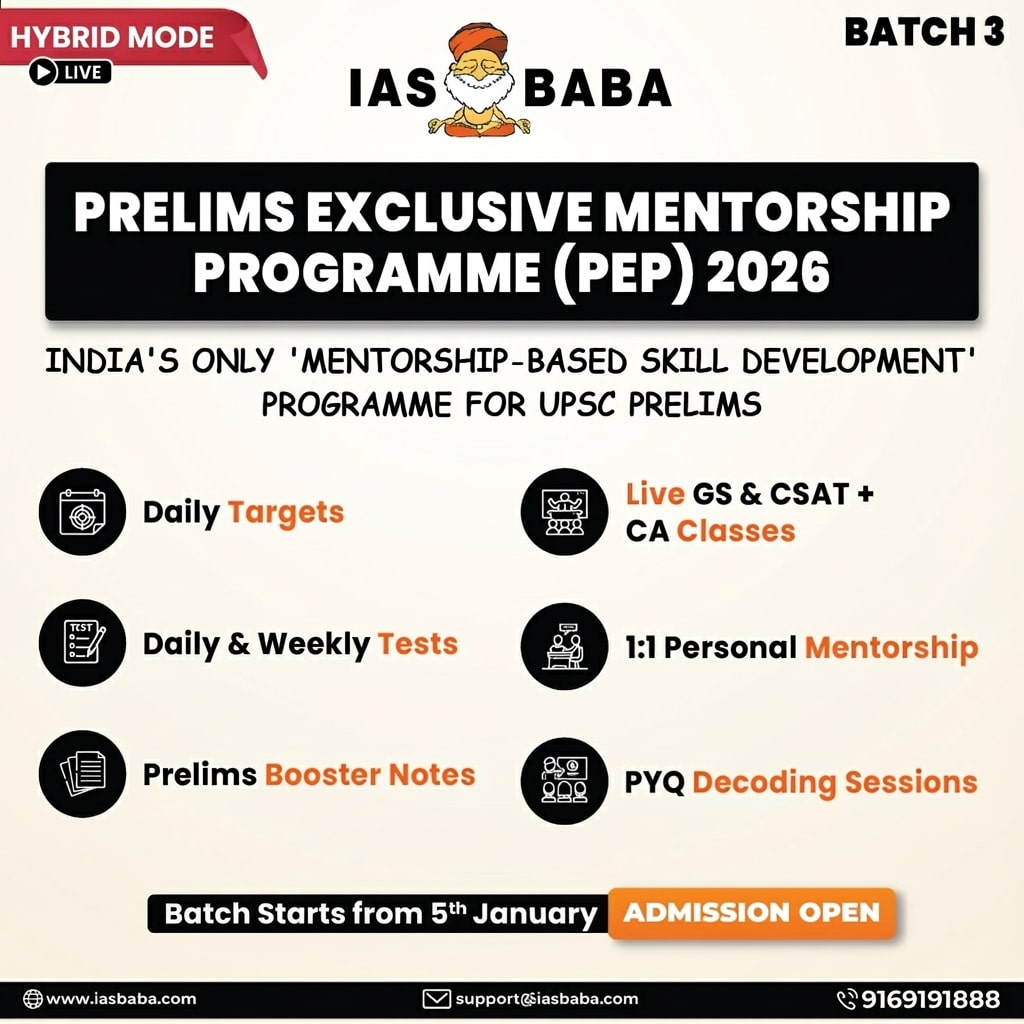Indian Economy, TLP-UPSC Mains Answer Writing
Q. 2. Agricultural marketing in India faces structural challenges. How far has the e-NAM platform addressed these issues? Highlight its achievements and limitations. (150 words, 10 marks)
Introduction
Agricultural marketing includes all activities that facilitate the movement of farm produce from producers to consumers. In India, agriculture marketing faces several hurdles. The e NAM platform, launched in 2016, seeks to address these challenges digitally.
Body
Structural Challenges in Agricultural Marketing
- Fragmented Market Access: Farmers sell mostly in local mandis, limiting price discovery; the Dalwai Committee noted this restricts competitive pricing.
- APMC Restrictions: Interstate trade and private markets are limited due to state laws; the 2013 Agri Marketing Reforms Committee flagged this as a major barrier.
- Middlemen Dominance: Agents decide prices and extract commissions; the Shanta Kumar Committee highlighted their negative impact on farmer profits.
- Poor Infrastructure: Many mandis lack storage, weighing and grading; NITI Aayog stressed modern infrastructure for better marketing.
- Low Digital Literacy: Many farmers don’t know how to use digital platforms; the CMs’ Sub-Group (2015) pushed for digital training.
- Inadequate Market Information: Real-time data on prices and buyers is missing; the DFI Committee (2017) recommended better ICT tools.
Key Features of e-NAM
- Online Trading Platform: Connects APMC mandis for transparent online bidding and trading.
- Unified Licensing System: Enables one license to trade in multiple mandis.
- Quality Assaying and Logistics Support: Offers digital weighing, grading, and payment facilities.
How e-NAM Addresses Structural Issues
- Expands Market Reach: Lets farmers sell across mandis and states, as supported by the Dalwai Committee for price discovery.
- Reduces Role of Middlemen: Direct farmer-trader links improve prices, in line with Shanta Kumar panel’s recommendations.
- Improves Transparency: Real-time price updates and online payments reduce manipulation.
- Boosts Infrastructure Use: Promotes grading, assaying, and better logistics through digital tools.
Achievements of e-NAM
- Wider Integration: Over 1,300 mandis and 1.75 crore farmers onboarded by 2023.
- Digital Payment Push: Nearly 65% of trades settled through online payments
- Increased Price Realisation: Farmers report 15–20% higher returns in e-NAM mandis.
Limitations of e-NAM
- Partial State Participation: Some states haven’t reformed APMC laws fully for e-NAM rollout.
- Inadequate Infrastructure: Many mandis still lack labs, internet, and trained staff.
- Low Farmer Usage: Many farmers prefer old methods due to habit and lack of trust.
Way Forward
- Full APMC Reform: States must amend laws to allow open trade, as advised by the Model APMC Act and Dalwai Committee.
- Farmer Training and Incentives: Improve awareness and reward digital platform use.
- PPP in Mandi Infrastructure: Private investment should improve logistics and quality checks, as NITI Aayog suggests.
Conclusion
While e-NAM has improved transparency and market access, structural reforms like the now repealed farm laws are essential to make agricultural marketing truly farmer-centric and future-ready.














